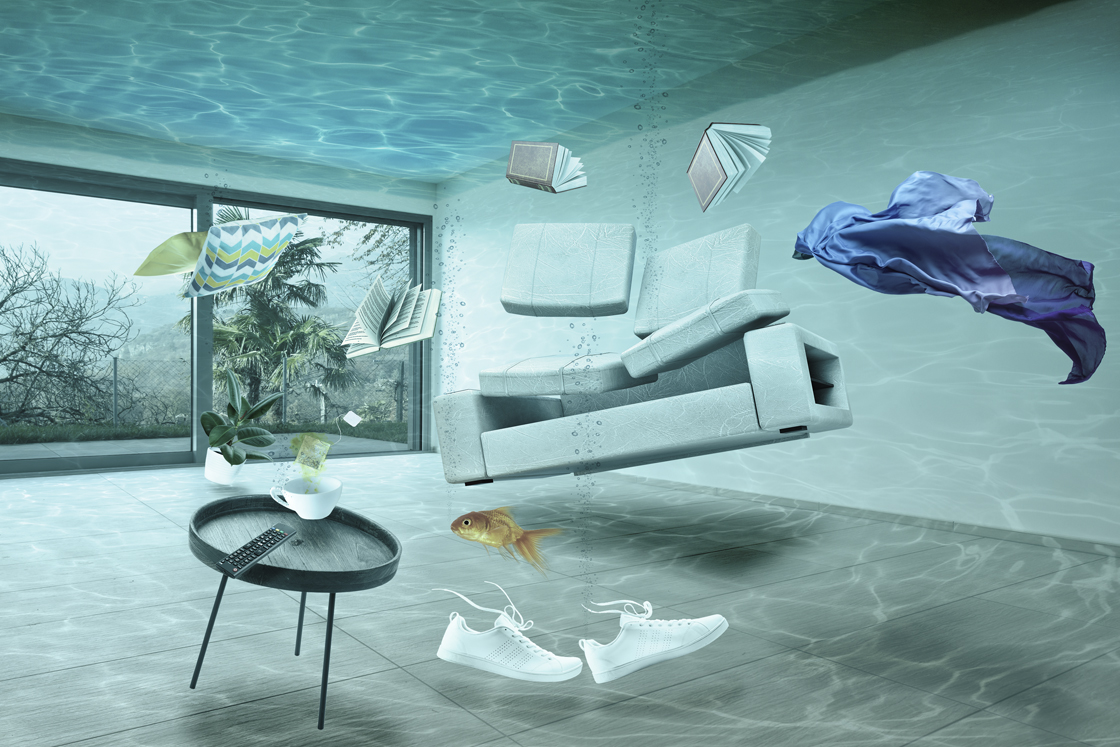We have come across this great article pertaining to Locating water leaks down the page on the net and concluded it made sense to relate it with you on this page.

Early discovery of leaking water lines can minimize a prospective disaster. Some little water leakages might not be visible.
1. Examine the Water Meter
Every home has a water meter. Checking it is a guaranteed way that assists you uncover leaks. For beginners, turn off all the water sources. Make certain no person will flush, make use of the tap, shower, run the cleaning machine or dish washer. From there, most likely to the meter and also watch if it will certainly change. Because no one is using it, there must be no movements. If it relocates, that suggests a fast-moving leakage. Also, if you discover no changes, wait an hour or 2 as well as inspect back again. This indicates you may have a slow-moving leak that can even be below ground.
2. Check Water Usage
Analyze your water bills as well as track your water consumption. As the one paying it, you must see if there are any inconsistencies. If you identify sudden changes, regardless of your intake being the same, it means that you have leaks in your plumbing system. Keep in mind, your water expense ought to fall under the exact same array every month. A sudden spike in your bill indicates a fast-moving leakage.
A consistent rise every month, also with the exact same routines, shows you have a sluggish leakage that's likewise slowly escalating. Call a plumber to thoroughly check your residential or commercial property, especially if you really feel a warm area on your floor with piping below.
3. Do a Food Coloring Test
When it comes to water consumption, 30% originates from toilets. Test to see if they are running properly. Drop flecks of food shade in the storage tank as well as wait 10 mins. There's a leak in between the tank and dish if the color somehow infiltrates your dish during that time without flushing.
4. Asses Exterior Lines
Don't forget to inspect your outside water lines as well. Ought to water seep out of the connection, you have a loosened rubber gasket. One little leakage can lose lots of water and surge your water bill.
5. Assess the circumstance and also examine
Homeowners ought to make it a behavior to check under the sink counters as well as also inside cabinets for any type of bad odor or mold and mildew growth. These two red flags show a leakage so prompt focus is required. Doing routine assessments, also bi-annually, can conserve you from a major problem.
If you know your house is already old, maintain a watchful eye on your heating systems, hoses, pipes etc. Check for discolorations and weakening as most pipelines and home appliances have a life expectancy. They will likewise naturally degrade because of deterioration. Do not wait for it to escalate if you suspect dripping water lines in your plumbing system. Call an expert plumber right now so you don't wind up with an awful mess in your home.
Early detection of dripping water lines can minimize a potential catastrophe. Some little water leakages may not be visible. Inspecting it is a proven method that assists you uncover leakages. One little leakage can waste lots of water as well as surge your water expense.
If you presume dripping water lines in your plumbing system, do not wait for it to intensify.
WARNING SIGNS OF WATER LEAKAGE BEHIND THE WALL
PERSISTENT MUSTY ODORS
As water slowly drips from a leaky pipe inside the wall, flooring and sheetrock stay damp and develop an odor similar to wet cardboard. It generates a musty smell that can help you find hidden leaks.
MOLD IN UNUSUAL AREAS
Mold usually grows in wet areas like kitchens, baths and laundry rooms. If you spot the stuff on walls or baseboards in other rooms of the house, it’s a good indicator of undetected water leaks.
STAINS THAT GROW
When mold thrives around a leaky pipe, it sometimes takes hold on the inside surface of the affected wall. A growing stain on otherwise clean sheetrock is often your sign of a hidden plumbing problem.
PEELING OR BUBBLING WALLPAPER / PAINT
This clue is easy to miss in rooms that don’t get much use. When you see wallpaper separating along seams or paint bubbling or flaking off the wall, blame sheetrock that stays wet because of an undetected leak.
BUCKLED CEILINGS AND STAINED FLOORS
If ceilings or floors in bathrooms, kitchens or laundry areas develop structural problems, don’t rule out constant damp inside the walls. Wet sheetrock can affect adjacent framing, flooring and ceilings.
https://www.servicemasterbyzaba.com/blog/how-to-detect-water-leakage-in-walls/

We are very interested by Detecting hidden plumbing leaks and I really hope you enjoyed reading the piece. Feel free to set aside a second to share this blog if you enjoyed it. Thanks for your time. Don't hesitate to come visit our website back soon.